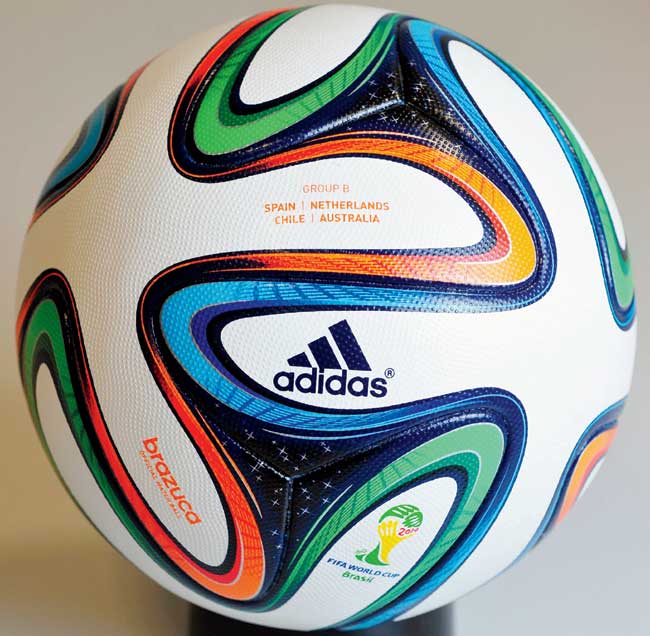The 2014 edition of the FIFA World Cup will be the 20th edition of the event. We look at how the tournament today is different from the original tournament that was held in 1930...

Venues
1930: The 1930 World Cup was held entirely in one city — Uruguay's capital Montevideo. Three stadiums from the city hosted the event: the Estadio Centenario, the Pocitos and Parque Central stadiums.
2014: The 2014 World Cup will be held in 12 Brazilian cities: Rio de Janeiro, Brasilia, Sao Paulo, Recife, Fortaleza, Belo Horizonte, Porto Alegre, Salvador, Cuiaba, Manaus, Curitiba and Natal
ADVERTISEMENT
Unfinished Stadiums
1930: Montevideo's showcase stadium, the Estadio Centenario, was not ready when the World Cup started and hosted its first match only five days into the tournament. The Pocitos and Parque Central stadiums were the other stadiums which played host to a few matches.
2014: While most of the World Cup stadiums were ready on time, some stadiums like Sao Paulo's Corinthians Arena where Brazil will take on Croatia on Thursday are still undergoing finishing touches. As of mid-May, two other stadiums — in Cuiaba and Curitiba — were still under construction.
Players' Earnings
1930: England's Ernie Blenkinsop (26 full England caps, 420 appearances for Sheffield Wednesday) earned around £8 per week — the maximum wage payable to footballers back then. He also received just £6 for each England appearance.
2014: Lionel Messi earns around £313,000 per week. And while figures are not available for the amount footballers will earn for Brazil 2014, England's Euro 2012 players reportedly got £1,500 for a win, £1,000 for a draw and £750 for a loss.
Referees' Clothes
1930: In the 1930 World Cup, referees and linesmen wore shirts, jackets and sometimes even full length trousers which were tucked in their socks
2014: Refs at the 2014 World Cup will sport kits designed by Adidas, and headsets to help them talk to linesmen. They will also carry vanishing spray cans holstered to their trousers.
Players' Clothes
1930: Some of the players at the 1930 World Cup, such as Uruguay's Pablo Dorado and Yugoslavian goalkeeper Milovan Jaksic wore berets on their heads. Players' kits back in the day consisted of plain jerseys devoid of numbers, sponsor logos or national association's emblems.
2014: The advanced jerseys that players will wear in Brazil will aid players with moisture and sweat management besides being anti-microbial and lighter than previous World Cup jerseys.
Match ball
1930: In the 1930 final, both Argentina and Uruguay brought their own ball. Eventually, the first half was played with Argentina’s ball — the Tiento — and the second with Uruguay’s — T. Both balls had 12 panels but ‘T’ was larger and firmer.
The ball used in the 1930 World Cup
Games played
1930: 18
Participating nations
1930: 13
Match ball
2014: The 2014 World Cup will be played with Adidas’ Brazuca which has been designed in such a way that it will retain its shape and weight even if it rains. The multi-coloured ball has six panels and has a water absorption rate of 0.2%.
The Brazuca
Participating nations
2014: 32
Games played
2014: 64
 Subscribe today by clicking the link and stay updated with the latest news!" Click here!
Subscribe today by clicking the link and stay updated with the latest news!" Click here!






